ISSN ONLINE(2319-8753)PRINT(2347-6710)
ISSN ONLINE(2319-8753)PRINT(2347-6710)
Rohana Mamat 1, Siti Hawa Hamzah 2, Suraya Sohfia Ishak 3, Siti Jasmine Mohd. Sany 4
|
| Related article at Pubmed, Scholar Google |
Visit for more related articles at International Journal of Innovative Research in Science, Engineering and Technology
Plain lightweight wall panels with steel fibre and expanded polystyrene (EPS) beads, used as lightweight aggregate are tested to ascertain the structural behaviour mechanism at ultimate state. Wall samples of four (4) different sizes are prepared comprising two (2) samples for each size. Samples height and thickness are fixed to 600mm and 40mm respectively, so that all samples would have a constant slenderness ratio (SR) of 15. The width is made to vary as 320mm, 400mm, 560mm and 800mm, giving different aspect ratios (AR) of 1.875, 1.5, 1.07 and 0.75 respectively. Steel fibre lightweight concrete has a compressive strength, fcu of 14.29N/mm2. The ultimate carrying strength of the wall panel ranges from 100kN to 138kN and the highest strength is from the wall panel with aspect ratio of 1.5. All wall samples deformed in a single curvature profile with maximum lateral displacement of 6.92mm happened at mid-height of the panel. Carrying capacity of wall panel is calculated to be inversely proportional to the aspect ratio.
Keywords |
| wall panel, steel fibre, EPS, carrying capacity, single curvature profile |
INTRODUCTION |
| Lightweight concrete wall panels offer cost reduction in terms of materials used and labour cost due to ease of handling. It also helps to contain a sustainable environment by reducing the amount of cement used which results in lower carbon dioxide (CO2) emission into the environment. It is known that lightweight concrete has low compressive strength and also prone to develop premature cracks which are susceptible to failure. As such, steel fibre with hooked end was chosen to be incorporated with EPS lightweight concrete and is expected to resolve the concerns in terms of strength and cracks. |
| Wall geometry is vital in the behaviour of structural element [1]. The differences in the aspect ratio in wall panel would produce different behaviour. A wall with shorter length would posses higher loads and fail by crushing. Similar results are expected to be obtained in this study. This study gave detailed observation on the effects of aspect ratio in the wall panel towards its structural behaviour. For normal concrete, the aspect ratio has an inverse proportional relationship to the strength of wall panel as found by [1]. Besides, changes in types of concrete also resulted in a similar relationship of aspect ratio and wall strength as stated by [2]. However, it was discussed that the highest strength recorded are significantly higher than the previous result done by [1]. Since both [1] and [2] conducted tests using normal reinforced concrete, steel fibre reinforced concrete and steel fibre with reinforced self compacted concrete, it is interesting to know the behaviour of the lightweight concrete wall panel using only steel fibre and Expanded Polystyrene (EPS). Details of Steel Fibre Lightweight Concrete (SFLWC) samples are shown in Figure 1 and summarized in Table 1. There are four (4) different sizes of wall panel has been prepared. The difference in width are chosen to obtain different aspect ratio. Then the effect of aspect ratio towards wall panel behaviour can be investigated. |
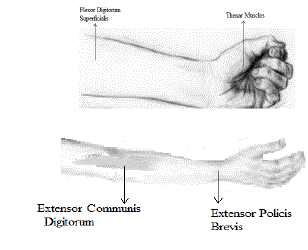 |
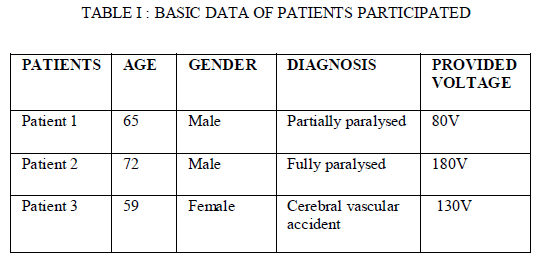 |
II. LITERATURE REFERENCES |
| This study involved experimental test only. Empirical equations proposed by previous researchers and from codes are used to benchmark the results obtained through laboratory investigation. Equations shown in Table 2 were used to calculate the theoretical values of load carrying capacity. |
 |
| Chen and Liu [6] had conducted cube test of EPS concrete with steel fibre for different percentages of EPS replacement. Highest compressive strength, fcu obtained was 21.4 N/mm2 for 25% EPS replacement. Since this study used 30% EPS replacement, the compressive strength obtained is expected to be lower than the value obtained by [5] since the strength of EPS-LWC is inversely proportional to the volume of EPS replacement. These properties can be used to verify the properties obtained for EPS-LWC with steel fibre used in this study. |
| Ganesan et al., 2012 [2] conducted experimental study on the effect of aspect ratio to the strength of self-compacted concrete and normal reinforced concrete with steel fibre. It was found that there was an inversely proportional relationship between the aspect ratio and the strength of wall panel. Aspect ratio indeed affects the strength of wall panel. Hypothetically, the effects of aspect ratio towards the buckling behaviour of SFLWC are synonymous to [6], but yet to be verified. |
| Meanwhile, Jamilah et al., 2013 [7] studied the effectiveness of steel fibre when being used in the lightweight concrete wall panel. However, in their research, focus was given into wall panel reinforced with steel fabric. |
| Incorporating steel fibre in reinforced wall panel improves the carrying capacity strength. The loading capacity obtained by [7] is excessively higher when compared to the theoretical formula. Presence of steel fibre and steel fabric contributed to the strength increase by 57.94% from the theoretical values. Besides, presence of steel fibre increase the ductility of the wall panel and the deformed profile showed that the sudden failure can be avoided. |
III. METHODOLOGY |
| In this research, the basic materials used are cement, sand (passing 2.36mm), coarse aggregate (passing 10mm), water and the addition of steel fibre and EPS beads. Limitation of aggregate sizes are crucial to ensure produce of concrete paste is well bonded. Figure 2 shows the materials used in this study other than water. Amount of EPS beads and steel fibre replacement were 30% and 0.5% of total volume respectively. |
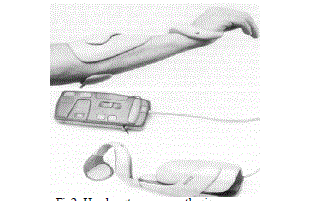 |
| For each wall size, two (2) samples were prepared to justify findings. A total of five (5) LVDTs were installed onto the sample surface as illustrated in Figure 3 and hooked onto a data acquisition system. The locations chosen based on normal position that maximum displacement would occur in a structural element. The UTM Machine has a load cell capacity of 2000kN, and samples loaded using a loading rate of 0.01kN per second. The experimental test setup and details of fixed-fixed support conditions are shown in Figure 4. Elsewhere, the physical failure such as cracks initiation and identification are analysed by naked eye and measurements made manually. |
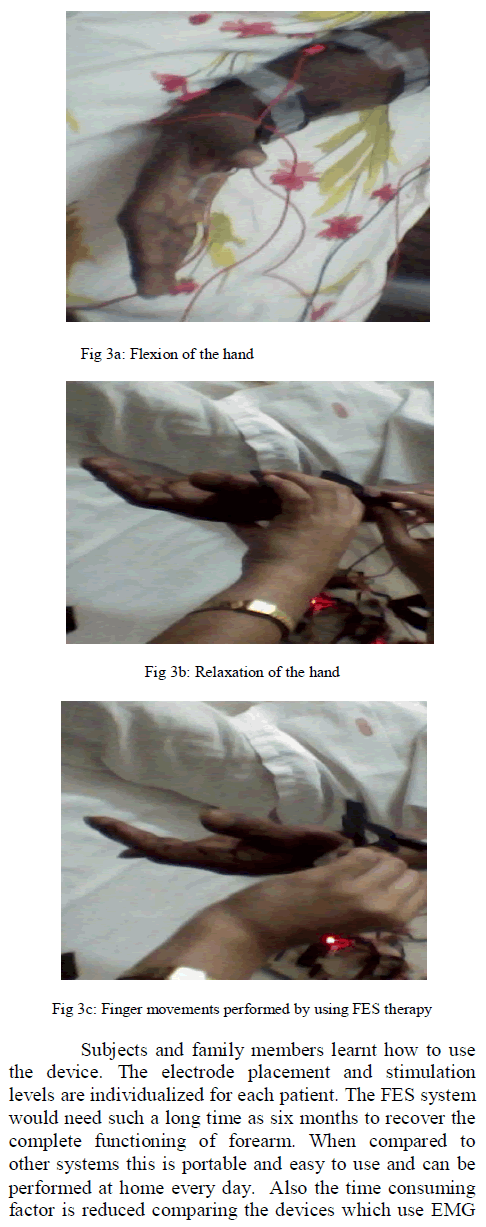 |
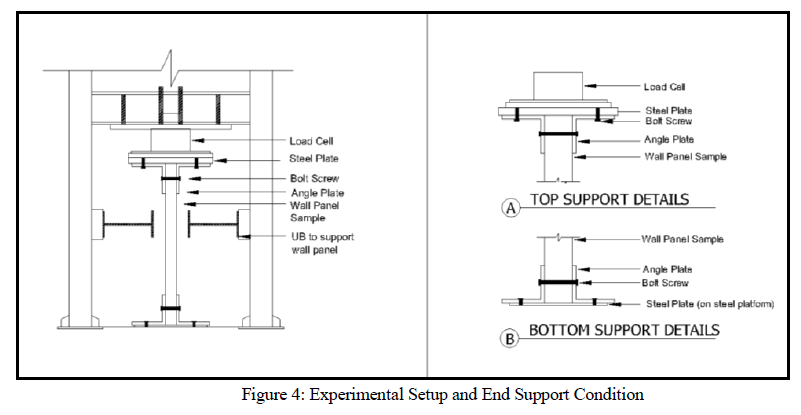 |
IV. RESULTS ANALYSIS AND DISCUSSION |
| Preliminary test on the SFLWC cubes gave average compressive strength, fcu of 14.32N/mm2. The low compressive strength was expected due to the addition of EPS beads and agreed with the findings [6] which stated that an increasing amount of EPS in concrete volume would lead to lower compressive strength. This value is substituted in the empirical equations to calculate the theoretical values. |
a. Loading Capacity of SFLWC |
| Experimental ultimate loading capacity, Pult obtained from each sample was shown in Table 3, compared to the empirical equations. |
 |
| From the experiment, highest loading capacity is recorded by Sample B with 138.07kN followed by Sample D of 130.60kN with minimal difference of 5.72% only. Meanwhile, Sample A and C recorded 118.05kN and 118.46kN respectively. This shows that SFLWC with aspect ratio of 0.75 and 1.5 give higher strength compared to samples with A.R of 1.75 and 1.07. The findings showed SFLWC with the geometrical difference of less than 50% from its largest dimension have higher carrying capacity. However, an inverse proportional relationship is obtained from the empirical equations, in which the highest loading capacity calculated from the wall with lowest aspect ratio. Theoretically, capacity of wall panel would increase as the aspect ratio decreased. On the contrary, this phenomenon did not happen to SFLWC wall panel. This shows that when it comes to the actual test, samples with the reasonable difference between the width and height proven to be stronger as compared to samples with significant differences of width to height. Similar findings also recorded by [2] and [8]. It is sensible to note that the empirical equations produced uses normal concrete properties, as found in similar study conducted by [1]. The empirical equations are used as benchmark to predict the development of findings for this study. On the other hand, SFLWC produced more consistent strength since the differences between the loading capacities of all samples were narrow. The load was evenly distributed within the wall samples, proving the ability of steel fibre to help evenly distribute the load and stress within the element [9]. |
b. Deformation Profile |
| The SFLWC wall panel was subjected to axial load in one way in-plane action. Therefore, both upper and lower ends were restrained. Theoretically, a single curvature profile towards the frontal surface should be obtained for a wall under such conditions. Figure 5 shows the deformation profile of SFLWC at the ultimate loading state. |
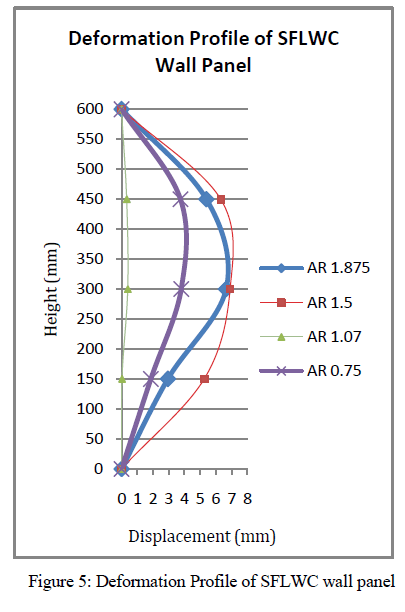 |
| It can be clearly seen that all samples produced a single curvature profile. This result agrees with findings by [7] and [8]. Regardless of the type of concrete used or there is an opening or geometrical difference, as far as the upper and lower ends were restrained, single curvature deformation profile dominated [10],[11]. |
| Likewise with the locations of the maximum lateral displacement, as this study adopted fixed-fixed ends conditions, maximum magnitudes happened at the mid height of the wall panel. Figure 5 illustrates the deformation profile for all SFLWC samples. From the results obtained, SFLWC with aspect ratio of 1.875 and 1.5 produced larger displacements and verified with the theoretical calculation. |
c. Lateral Displacement |
| Since the SFLWC wall panel was reinforced using only steel fibre, the lateral displacement magnitudes were crucial in ascertaining that it can function well to replace the steel fabric reinforcement. Figure 6 demonstrated load displacement relationships. |
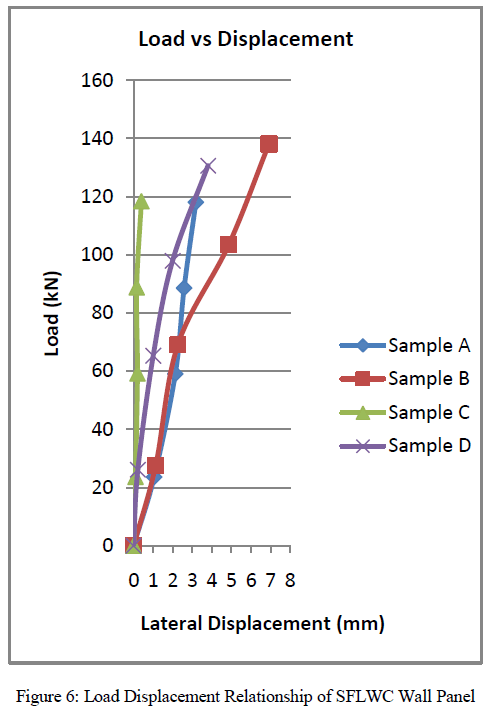 |
| Sample C with AR of 1.07 displaced the minimum showing the least buckling effect under axial load. Similar profile is obvious in Sample A except the divergence is larger as the load increase. Both samples buckled within the elastic region and reached ultimate without any strain hardening region. Meanwhile Sample D produced a similar profile at the earlier stages of loading up to 75% of its ultimate load. Then, it started to show minimal strain hardening effect beyond the elastic region. However, for Sample B, elastic region of the sample ended at loading stages of 50% from the ultimate load. Strain hardening region started earlier because this sample absorbs higher loading compared to other samples. The ability of absorbing higher load and maintain beyond its elastic region proved that Sample B behave in a more ductile manner due to presence of steel fibre. Generally, steel fibre helps improve the ductility of concrete. The difference in aspect ratio affects its ductility of the wall panels as observed from Figures 5 and 6. Sample B and D exhibit improvement in ductility, as agreed with the findings obtained by [8]. |
d. Crack Behaviour |
| The SFLWC wall panel are susceptible to produce more crack lines due to its lightweightness and brittle nature. The incorporation of steel fibre enhances and improves the stress absorption capacity of the applied load. Figure 7 summarizes the crack length and pattern for all SFLWC wall panels. |
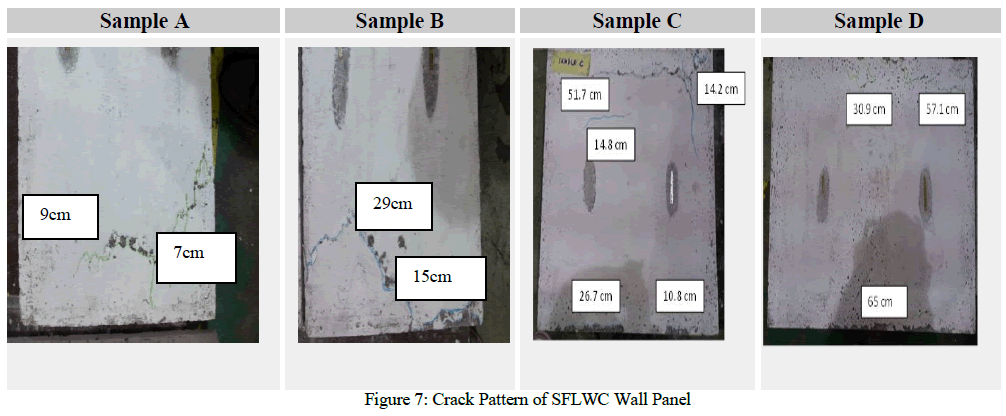 |
| Visual observation indicated that all samples except Sample A experienced lengthy crack lines ranging between 7cm to 65cm. Sample A with A.R of 1.875 recorded crack length of less than 10mm. As related to the behaviour of SFLWC mentioned earlier, the SFLWC with lower aspect ratio is more ductile, capable of withstanding higher load and therefore capable of sustaining longer crack lengths. Sample D has the longest crack length measuring 65cm. The ductility shows that as the aspect ratio increase, the crack length propagation decrease. The number of cracks is significantly low, proving the presence of steel fibre arrest crack initiations and eliminate minor cracks. The ability to arrest crack and prolong crack propagations had been discussed in [11] and [12]. Concrete crushing also occurred at the upper and lower ends of the SFLWC wall panel because of its lightweightness, specifically at positions located under the spreader beam and support conditions as confirmed by [13]. Practically, the SFLWC wall panel failed in crushing although it was a slender wall due to no steel fabric to provide lateral resistance the concrete. It is proven that different aspect ratio of SFLWC gave a different ductility level, affects the cracking development positively. |
V. CONCLUSION |
| The SFLWC wall panel with four different aspect ratios produced reasonable strength, short in achieving the strength of load bearing wall. However, if SFLWC is further reinforced with steel fabric, the chances of these wall panels acted as load bearing is possible. At present, it can act as partition wall with added value offers by the presence of EPS and steel fibre. Moreover, steel fibre can partially replace steel reinforcement and improve carrying capacity. There is aspect ratio effect towards the strength of SFLWC. The highest strength obtained is from the wall with aspect ratio of 1.5 with 138.07kN, followed by a wall with AR of 0.75, 1.07 and 1.75. Incorporating steel fibre with steel fabric should offer more benefits when both complement each other and will further develop the strength of wall panel. Further research may lead to the finding of most practical and significant size of SFLWC which can be used as a load bearing wall. |
References |
|